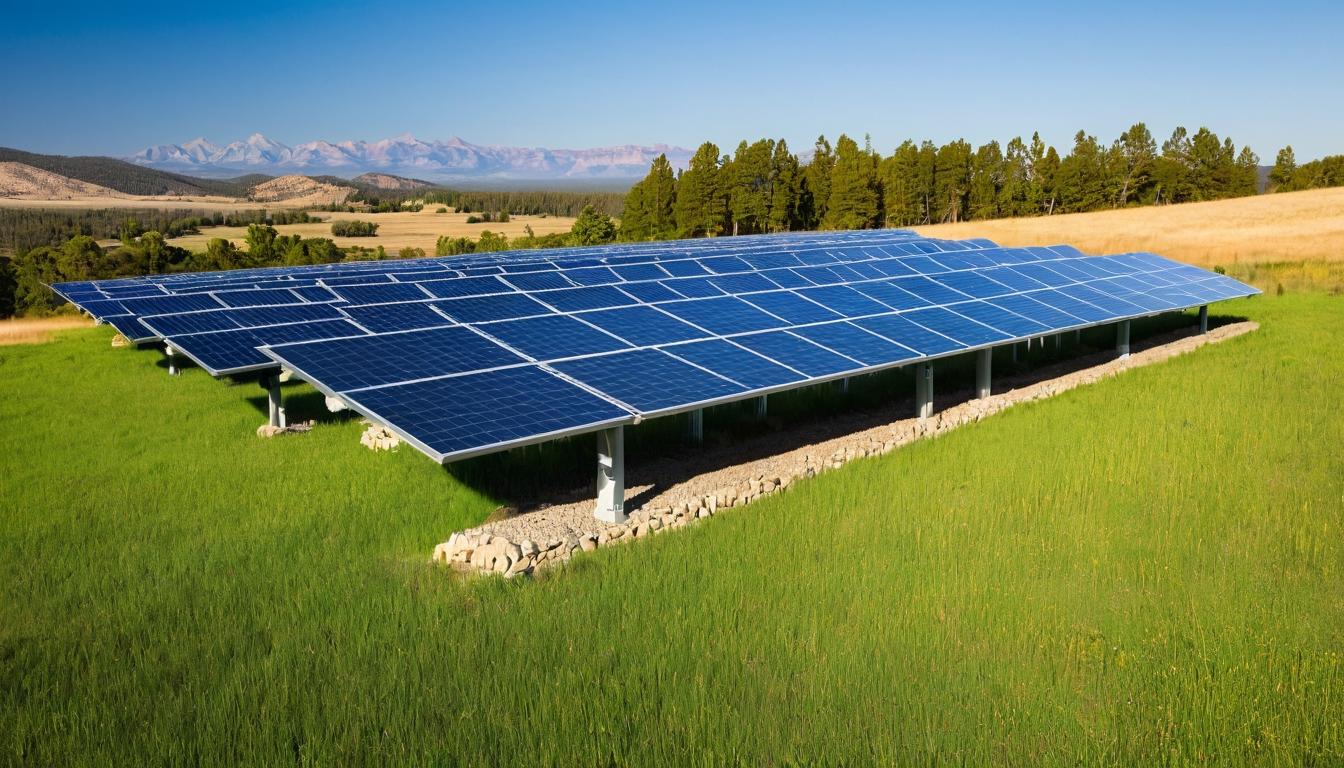Beneath the radar of mainstream headlines, a silent transformation is unfolding across America's energy infrastructure. While politicians debate climate bills and corporations announce flashy net-zero pledges, communities from California to Puerto Rico are taking power into their own hands—literally. The microgrid revolution isn't coming; it's already here, and it's rewriting the rules of energy resilience in ways that would make even the most seasoned utility executives nervous.
What exactly are these technological marvels? Picture a self-contained energy ecosystem that can operate independently from the main grid during outages while seamlessly integrating renewable sources. These aren't the clunky backup generators of yesterday but sophisticated networks that balance solar panels, battery storage, and smart controls with surgical precision. The numbers tell a compelling story: the U.S. microgrid market has grown by 200% since 2020, with over 4,600 installations now dotting the landscape from military bases to college campuses.
The driving force behind this explosion isn't just technology—it's desperation. Remember Texas' grid collapse during Winter Storm Uri? While millions shivered in darkness, those connected to microgrids kept their lights on and heaters running. The same pattern repeated during California's wildfire-induced blackouts and Hurricane Maria's devastation in Puerto Rico. Each disaster serves as another nail in the coffin of centralized grid vulnerability, pushing municipalities and businesses toward energy independence.
Corporate America has taken notice. Walmart now operates microgrids at 30 stores, using them not just for backup power but to shave peak demand charges that can reach six figures monthly. Amazon's data centers increasingly function as self-healing energy islands, while Microsoft's campuses use microgrids to test advanced AI-driven load balancing. The economics have become undeniable: a well-designed microgrid can pay for itself in 3-5 years through energy arbitrage and demand charge avoidance alone.
Technology breakthroughs are accelerating this trend. The same lithium-ion batteries that power your laptop have dropped 89% in cost since 2010, making storage economically viable for the first time. Advanced inverters can now island a microgrid from the main grid in milliseconds—faster than the blink of an eye. And blockchain-enabled peer-to-peer trading allows microgrid participants to sell excess solar power to neighbors without utility intermediaries taking their cut.
Yet the most fascinating development isn't happening in corporate boardrooms but in low-income communities. In Brooklyn's Red Hook neighborhood, a solar-powered microgrid kept lights on during Superstorm Sandy when ConEdison's infrastructure failed. In California's Blue Lake Rancheria, a tribal microgrid combines solar, storage, and backup generators to provide critical services during PG&E's safety shutoffs. These projects prove that energy resilience isn't just for the wealthy—it's becoming a tool for equity.
The regulatory landscape resembles a patchwork quilt of opportunity and obstruction. Some states like New York and California actively encourage microgrid development through grants and streamlined permitting. Others cling to outdated utility monopolies that view distributed energy as a threat to their business model. The battle playing out in public utility commissions may lack drama, but its outcome will determine whether microgrids remain niche solutions or become the backbone of a new energy paradigm.
Looking ahead, the convergence of electric vehicles and microgrids promises to turbocharge this revolution. Vehicle-to-grid technology will turn millions of EVs into mobile storage units that can feed power back during emergencies. Ford's F-150 Lightning already offers bidirectional charging, effectively making every truck a potential grid resource. When combined with microgrids, this creates a resilient network that grows stronger with each new EV sold.
The ultimate irony? Microgrids may save the very utilities that initially resisted them. By reducing strain on transmission lines during peak demand and providing black start capability after outages, distributed networks could become the shock absorbers that prevent total grid collapse. The future likely holds a hybrid model where centralized and distributed systems coexist symbiotically—if regulators and utilities can overcome their institutional inertia.
What's clear is that the age of passive energy consumption is ending. Americans are increasingly unwilling to accept blackouts as inevitable or trust distant corporations with their power security. The microgrid movement represents something deeper than technology—it's about reclaiming agency in an increasingly fragile world. And that's a revolution no storm can extinguish.
the hidden revolution: how microgrids are quietly reshaping america's energy landscape

